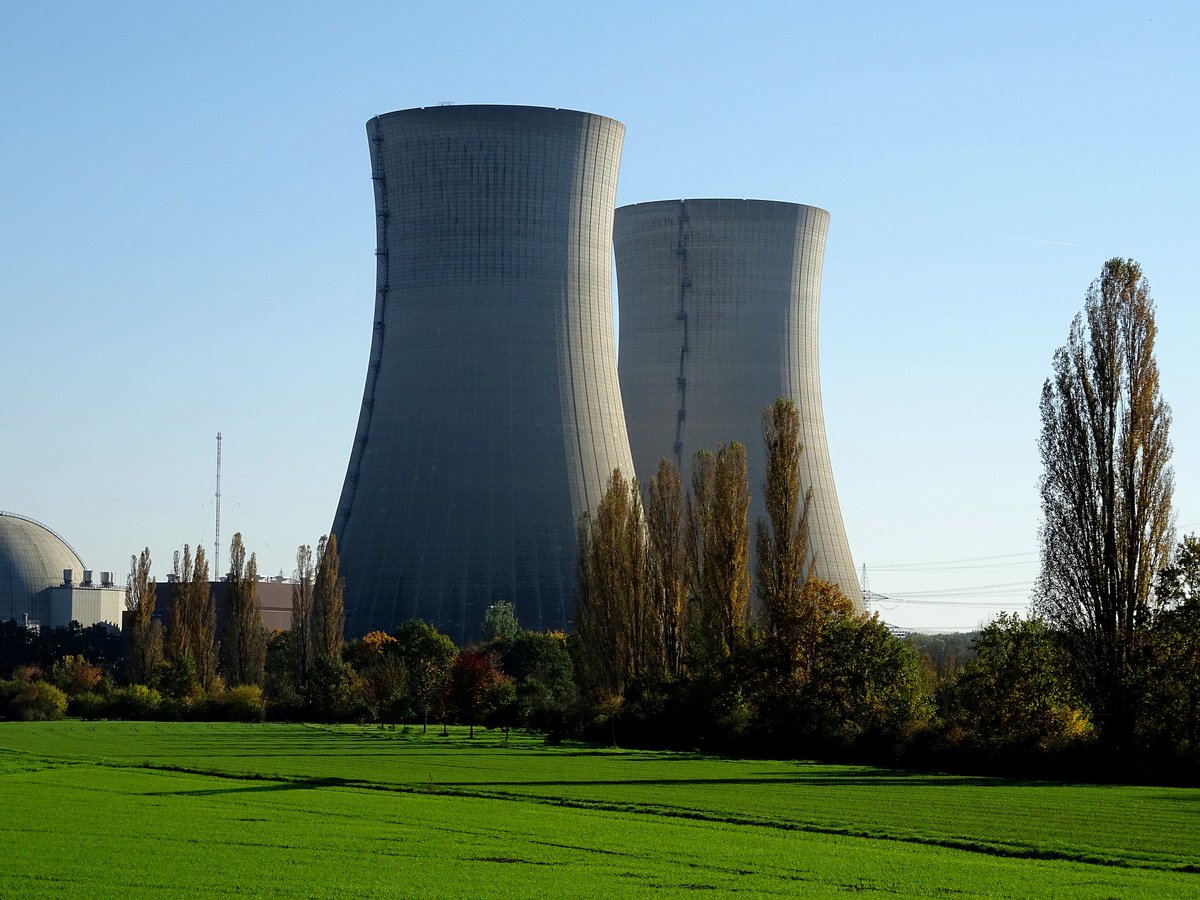With legislation committing California to 100% carbon-free electricity sitting on Gov. Brown’s desk, I wanted to share a timely new peer-reviewed article out today in the journal, @Joule_CP: cell.com/joule/fulltext… 


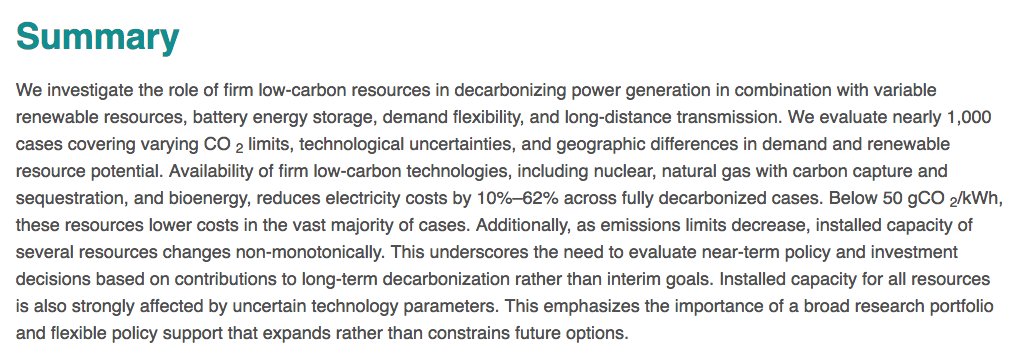
In the paper, @nsepulvedam, @FdeSisternes, Prof. Richard Lester and I use detailed power system modeling to identify strategies that lower the costs and increase the odds of reaching a zero-carbon electricity grid. Check out MIT News coverage of the paper: technologyreview.com/s/611987/how-c…
After ~1,000 cases covering possible future tech cost, regional diffs in renewables quality & demand, and different limits on CO2, our study consistently demonstrates the best way to zero out electricity emissions is to deploy a balanced mix of low-carbon electricity sources. 

Crucially, that means pairing #wind, #solar, and batteries or demand-side flexibility with one or more ‘firm’ carbon-free resources that can be counted on to meet demand when needed in all seasons & over long periods — such as #nuclear, #geothermal, #bioenergy, and gas w/#CCS. 
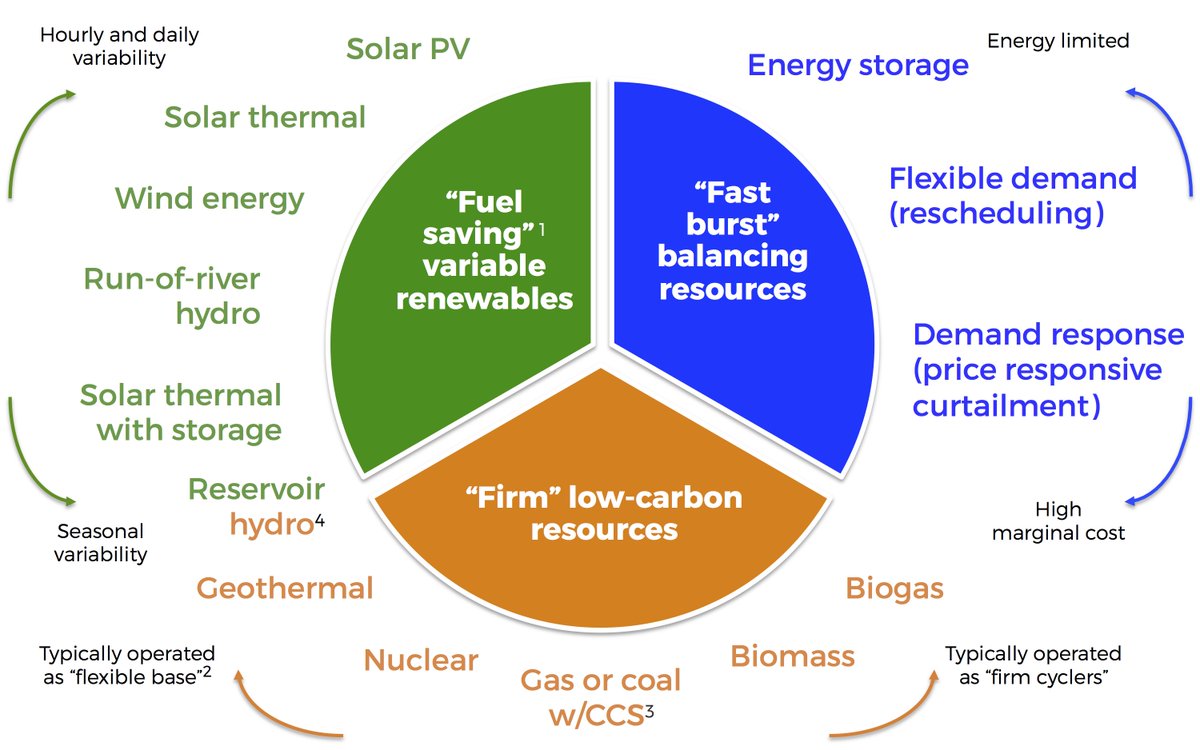
We try to try embrace fact we cant predict w/confidence cost or availability of various techs in 2045 or beyond. So we try to identify key roles or categories of resources that consistently combine to create the lowest cost, CO2-free grid across a wide range of possible futures.
Costs have declined rapidly for wind and solar power and energy storage batteries in recent years, falling roughly 70-80% since 2009 across all three technologies. 

Meanwhile, new nuclear plant construction is complex and costly and has all but stalled out in the West; carbon capture, storage, and use technologies remain nascent; geothermal and hydro are geographically restricted; and biomass entails serious sustainability challenges. 

Looking at these trends, it is not surprising some researchers, politicians, and advocates suggest that wind, solar and energy storage supplemented with demand flexibility and expanded transmission networks can get us to a zero-carbon grid. Why not bet on the apparent winners? 

That may not be such a sound bet after all. Our paper finds that including firm low-carbon resources in a zero-carbon mix lowered costs 10-65% across the many scenarios analyzed, relative a strategy that depends on wind, solar, and batteries and eschews these reliable resources. 

We model nuclear, n. gas w/CCS & bioenergy, and find that each of these firm resources can play a key role in an affordable zero-carbon electricity portfolio. Which resource appears depends on how future technology costs unfold. But across all cases, including firm lower costs.
(Other firm options not modeled include enhanced geothermal energy systems and hydro with large reservoirs. I'll get to "seasonal" storage later...)
Having 1+ firm low-CO2 resources lowers costs even if we assume nuclear & biomass remain as expensive as today + CCS is unavailable; even if wind & solar get much cheaper, even when cheap batteries are widely deployed, even in a region with strong wind and solar resources, and...
...and even if we unlock greater demand-side flexibility or build long-distance transmission to connect locations with diverse demand and renewable resource profiles. (All of those are sensitivity cases we modeled in our paper).
Our study also leads us to propose a new taxonomy for the role of each resource in a low-carbon grid. To replace the outdated ‘baseload,’ ‘load-following,’ or ‘peaking’ power plant taxonomy, we propose three new categories better suited to future power systems... 

1. ‘fuel-saving’ resources, which include solar, wind and ‘run-of-the-river’ hydropower and are so-named because these variable resources primarily deliver value by displacing other resources with higher fuel- and variable costs when available.
2. ‘fast-burst’ resources, which provide rapid but short-duration responses to fluctuations in electricity demand and supply and include battery storage and technologies and pricing strategies to enhance the responsiveness of demand; and
3. ‘firm’ resources, such as nuclear, hydro with large reservoirs, CCS, biogas, and geothermal.
We find that the most cost-effective zero-carbon portfolios include ALL THREE classes of resources, each playing the right role on the ‘low-carbon team.’
We find that the most cost-effective zero-carbon portfolios include ALL THREE classes of resources, each playing the right role on the ‘low-carbon team.’
Within each category, techs compete strongly – storage vs demand flexibility or nuclear vs gas with CCS, for ex. Across categories, resources are weak substitutes (or even complements) for one another. Batteries play fast burst role well, but are a poor subs for firm resources.
That means that if you remove any one category – in this study, we focus on what happens if we remove the firm resources – the cost of deep decarbonization can rise significantly.
We find, for ex., that across all of the wind-solar-batteries-only cases, the cost of electricity rises rapidly as you approach zero emissions, but when firm power sources are also available, electricity costs increase much more gradually as emissions decline (see Fig 1 again) 

Plus, as can see in Fig 1 above, harnessing firm resources significantly reduces how sensitive the cost of deep decarbonization is to future cost reductions in available low-carbon technologies. Costs are not only lower for any given tech assumptions, but the range is far smaller
In other words, tapping a diverse mix of all three categories of resources, including firm low-carbon technologies, significantly lowers the cost and the risk associated with deep decarbonization of electricity generation. Both benefits are important given an uncertain future.
As I like to say: you can play basketball with a team consisting solely of point guards. You can even put a few points on the board. But you’re going to lose each time to a team with the right mix of star players filling out the full squad of forwards, guards, and centers. 

Important: the above tweet is in no way an endorsement of Gators or Hoyas basketball. Go Ducks!
Also, listen to my Chilean compatriot @nsepulvedam translate this analogy into the global language of football (soccer) in the new @MITEnergy Podcast here: energy.mit.edu/podcast/
Also, listen to my Chilean compatriot @nsepulvedam translate this analogy into the global language of football (soccer) in the new @MITEnergy Podcast here: energy.mit.edu/podcast/
Wind, solar & batteries can do much of the work to drive down electricity-sector CO2 emissions over the next decade. But filling out the team and winning the deep decarbonization game means keeping policies flexible and focused on ends (eliminating CO2) rather than specific means
That's why California SB100’s shift from renewables-specific mandate to a flexible, 100% carbon-free electricity goal is so important. qz.com/1377001/how-sb…
Gov. Baker's 80% ‘clean energy standard’ in Mass. is another example.
A steadily rising CO2 price would be best of all
Gov. Baker's 80% ‘clean energy standard’ in Mass. is another example.
A steadily rising CO2 price would be best of all
And even though a fully carbon-free electricity supply is years away in most regions, it is important to heed these findings today, because decisions made now about power plant construction, research investments, or climate policies have impacts that can last for decades.
If we don’t start now to overcome the economic, technical, or social barriers preventing wider adoption of nuclear, CCS, enhanced geothermal, or bioenergy, these firm resources will not be available and affordable when we need them to contribute to a zero carbon grid.
So what can fill out the low-carbon team and increase the odds of affordably decarbonizing electricity? In my talks, I highlight a few key options, which are all at demonstration or pre-commercial stage, and could be given a serious jumpstart today and ready in the 2030s...
1. Advanced nuclear reactor designs, both small modular light-water reactors as in the type @NuScale_Power is licensing with the NRC and non light-water designs that may be inherently safer & cheaper by design, eg @terrapower, @TerrestrialMSR For more, see energy.mit.edu/research/futur… 
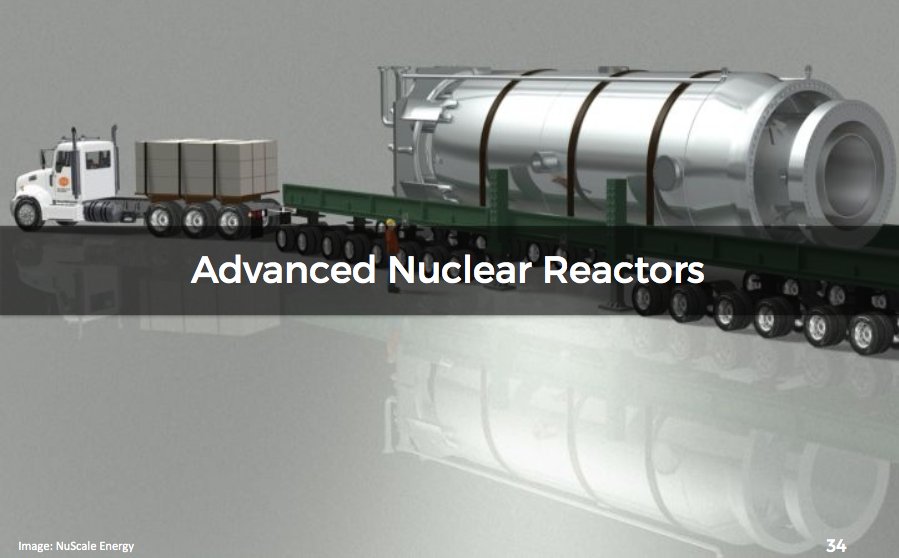
2. Enhanced/engineered geothermal energy systems could harness innovation in horizontal drilling and hydraulic fracturing from shale boom to "drill baby drill" for renewable firm low-carbon energy. Keep eye on @TimmLatimer's Fervo Energy. Geek out w/MIT -> energy.mit.edu/research/futur… 
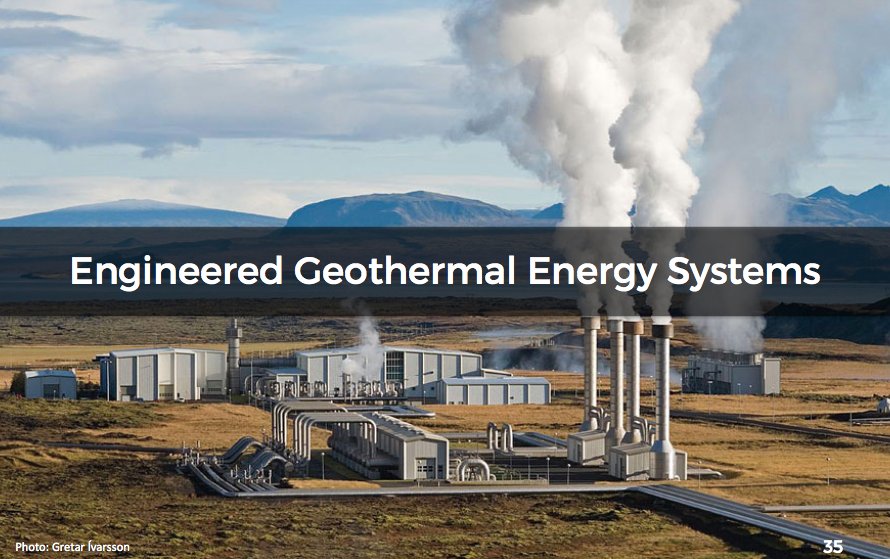
3. Carbon capture, storage, and/or use could allow us to use natural gas or even coal without the CO2. In particular, @8RiversCapital is demonstrating the Net Power Allam Cycle plant near Houston right now. A real potential game changer technologyreview.com/the-download/6… 
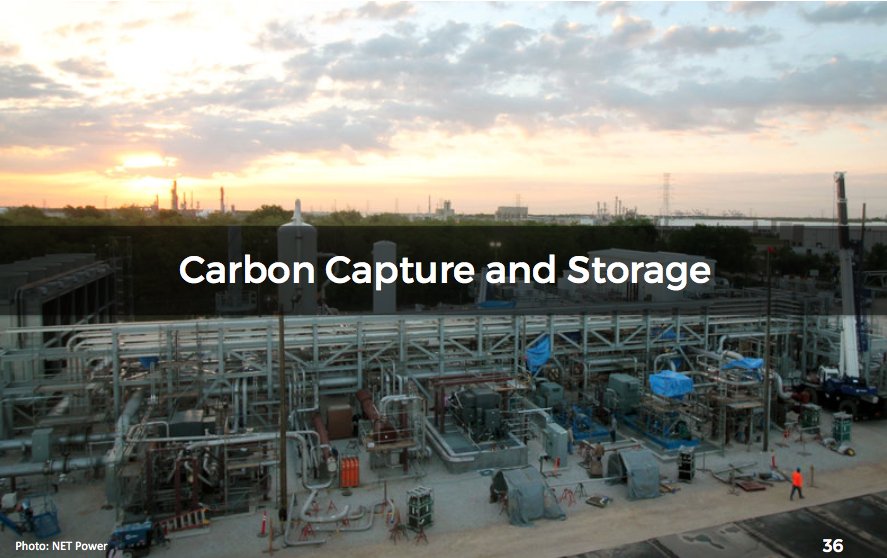
Note that CCS/CCUS recently got a big boost from the federal government in the form of an expanded and extended tax credit for sequestering or finding economic uses of CO2. See qz.com/1203803/donald…
What about so-called "seasonal storage"? A lot of high renewables scenarios envision storing vast amounts of energy in hydrogen, thermal mass, or extremely cheap electrochemical means to use for bad weeks with prolonged lulls in wind and poor solar resource...
That is an intriguing option -- and a challenging one from an engineering & economic perspective. We did model much longer duration storage in a sensitivity case, including 24 and 100 hour duration storage at installed cost as low as $74/kWh. That did not change the core findings
So if seasonal storage is going to act as a true substitute for (or another option for) firm low-carbon resource, whatever medium we use, it will have to look dramatically different from the batteries we are seeing today.
In a follow-up study w/@MITEnergy colleagues, @nsepulvedam & I are exploring the "design space" -- eg combo of cost per kW, cost per kWh, charge and discharge efficiencies, storage loss over time, asset life etc -- that would make long-duration storage to sub for firm low carbon.
In the meantime, I'll leave you with a final thought... We know from a lot of great recent research that 100% renewable systems heavily reliant on wind & solar are possible. But we also know from collective literature several things that are needed to enable that possible path.
1. Continent-scale transmission expansion to smooth out variability of wind & solar across a wide area. @NREL & @DrChrisClack have done excellent work on this in the US and @nworbmot and others for Europe. See @drvox making the case here vox.com/energy-and-env… 
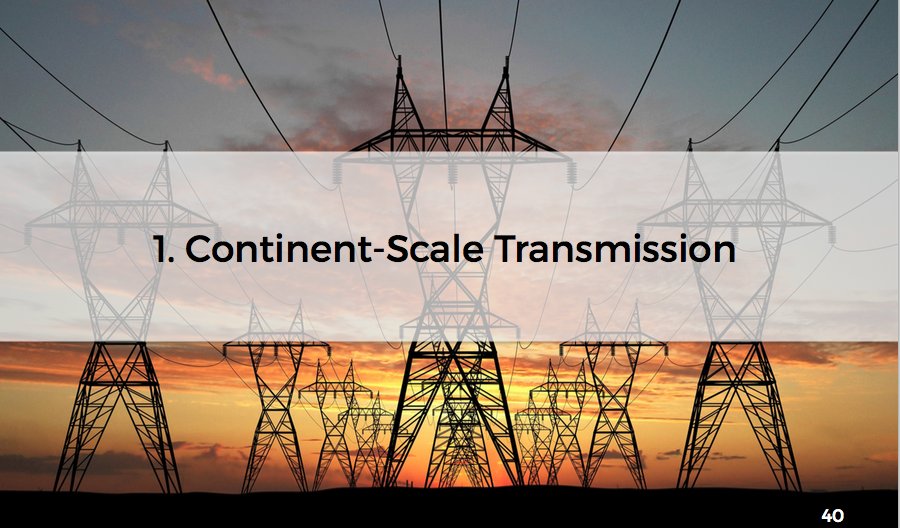
2. Much greater demand flexibility to align consumption with variability of wind / solar + much more energy efficiency, particular to reduce peak demand. @brendanpierpont & CPI and folks at @RockyMtnInst have done a lot on this. Improved rate design (a la @burgersb's work is key) 
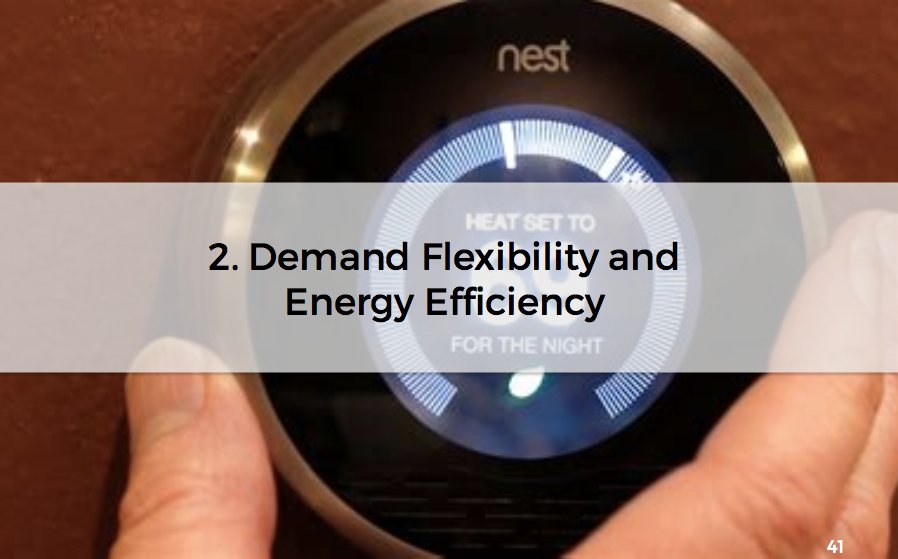
3. Substantial cost reductions for wind, solar, & Li-ion batteries. As these resources gain market share, their marginal value & revenues fall. A race is on between declining cost and declining value. We have to win that race. See @vsiv's Taming the Sun for how to do so for solar 


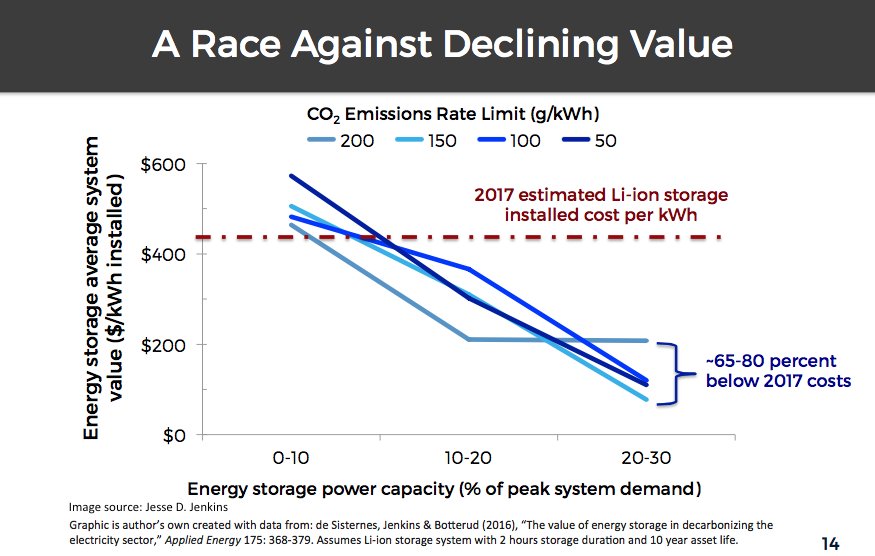
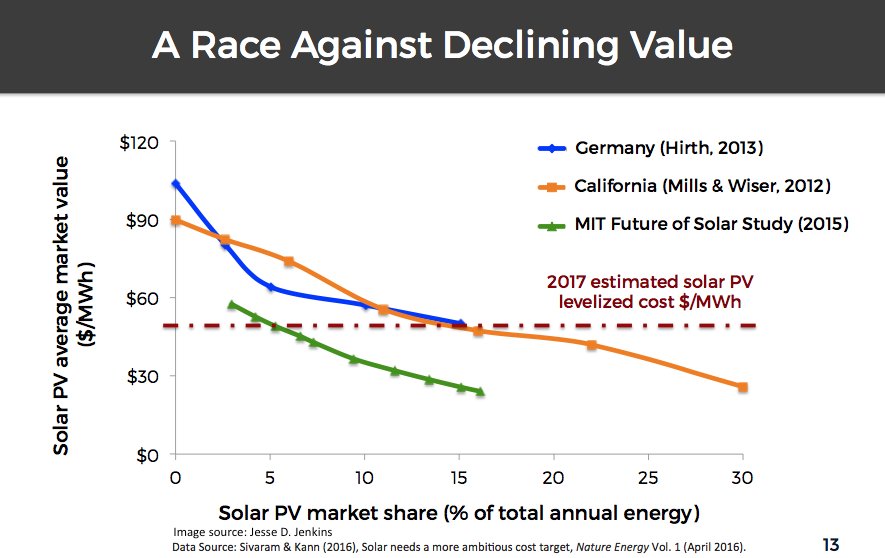
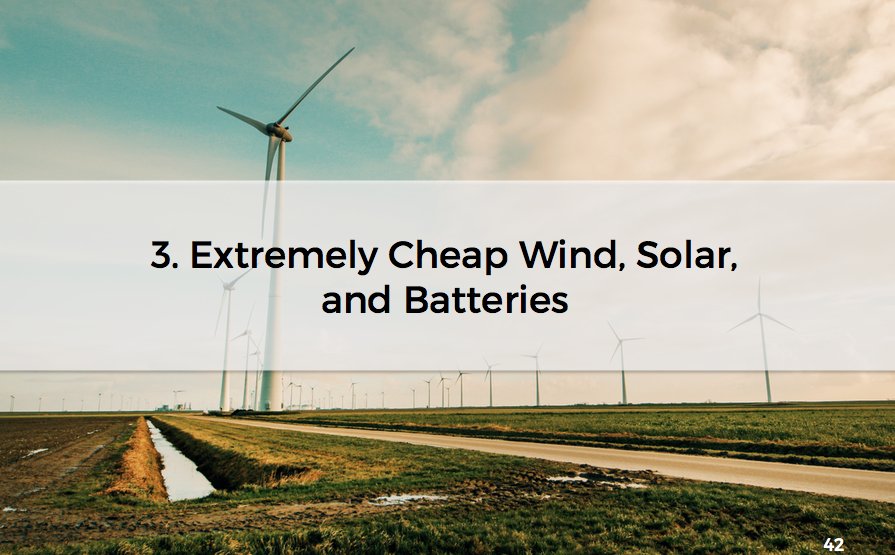
4. And, if we want to eschew any firm low-carbon resources, we'd also need some kind of long-duration or "seasonal" storage that is extremely low cost per kWh stored and suited economically and technically to infrequent use (eg 1-20 cycles per year) w/sustained output over weeks. 

A lot of people have faith hydrogen or conversion of H2 to methane or ammonia may work for this. Baseload Renewables spun out from MIT last year & joined forces with @mateojaramill to try to make this work. Heat storage is another possibility.
Individually, every one of those ingredients is possible -- even likely. I'd definitely bet on future cost declines for wind, solar, and batteries for example. But if this particular pathway is to be the best option, all of these things have to happen, not just a few.
If you remember your basic probability math, its a little bit like the odds of NOT rolling a 1 if you toss a dice more and more times. The odds are 5 out or 6 for any one roll. But if you roll say 10 times, the odds get higher and higher than you hit a one.
Here, we are literally betting the planet. We need strategies that are robust to risk. Say the 7 items on left of this image are needed to make the all renewables path best option, but we only need ONE of 4 options on right to pan out to have an affordable path to zero CO2. 

Let's give a 90% odds that each of the left-hand ingredients materialize by the 2030s. And let's give a coin-flip odds (50/50) that any one of those new firm low-carbon options materializes. If we do the math, the left hand path has only a 48% change and the right hand is 94%. 

The properties of multiplicative vs additive probabilities -- or the value of optionality -- takes a set of outcomes that are all individually 90% chance and turns their collective odds into a coin flip. While taking four 50% chances and hoping for just one becomes >90% odds!
All of that is entirely illustrative. But it shows how important it is for us to think about not just *possible* pathways to zero carbon. What we need are strategies that are *robust* to substantial uncertainty we still face. We hope that our new paper helps us on that path. /end
For more:
-Listen to @nsepulvedam and I on the @MITEnergy podcast: energy.mit.edu/podcast/
-Check out MIT News of the paper here: news.mit.edu/2018/adding-po…
-Read @jtemple connect the dots to current policy debates @techreview here: technologyreview.com/s/611987/how-c…
-For PDF of paper, DM me.
-Listen to @nsepulvedam and I on the @MITEnergy podcast: energy.mit.edu/podcast/
-Check out MIT News of the paper here: news.mit.edu/2018/adding-po…
-Read @jtemple connect the dots to current policy debates @techreview here: technologyreview.com/s/611987/how-c…
-For PDF of paper, DM me.
Sorry, should have said Form Energy. Baseload Renewables was initial name but now known as Form engine.xyz/founders/forme…
Oh, and thanks to @threadreaderapp, here's a single blog-style webpage that contains this entire thread, for easy sharing with colleagues threadreaderapp.com/thread/1037732…
• • •
Missing some Tweet in this thread? You can try to
force a refresh





